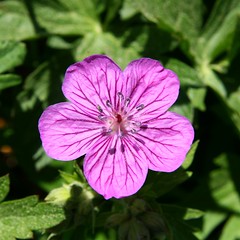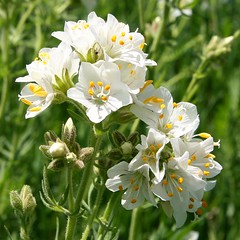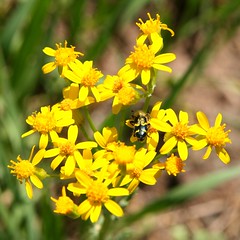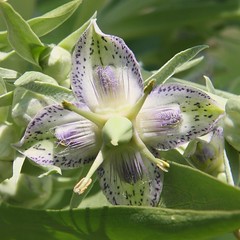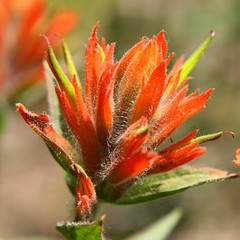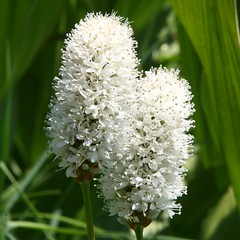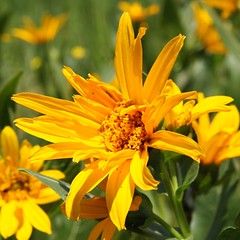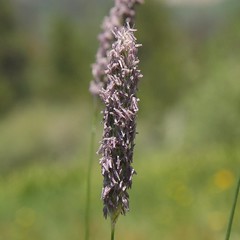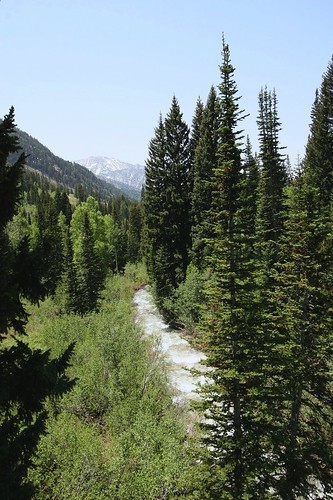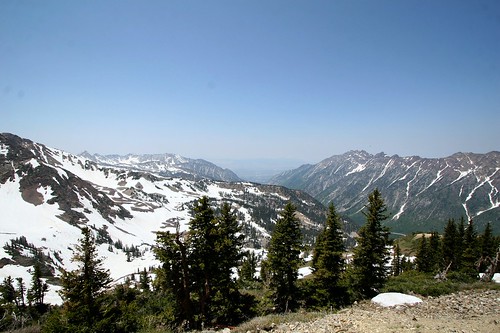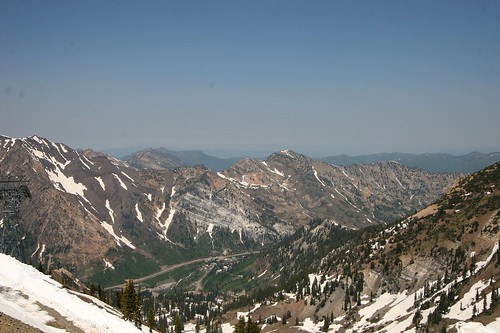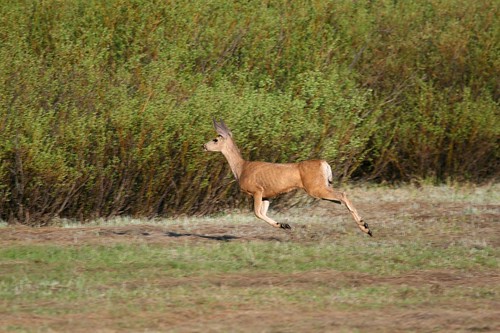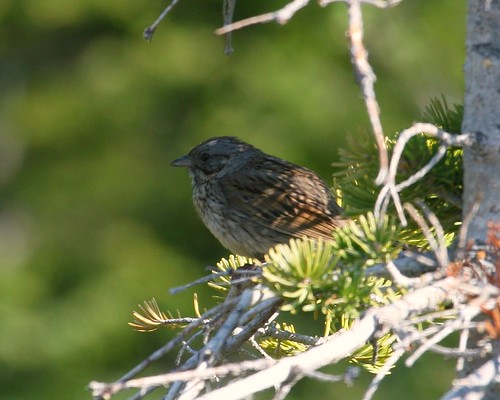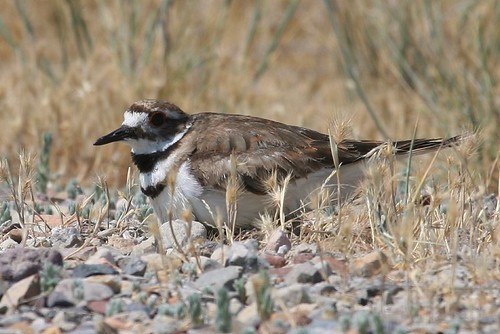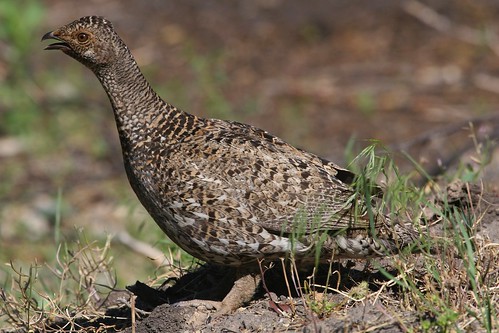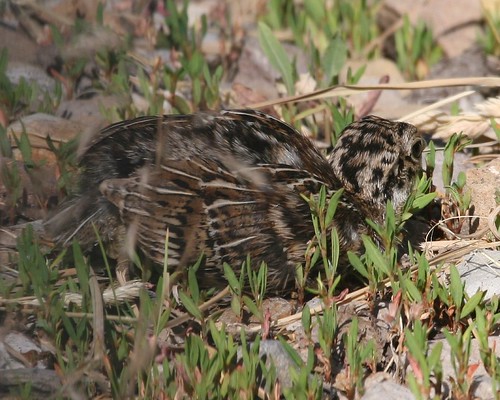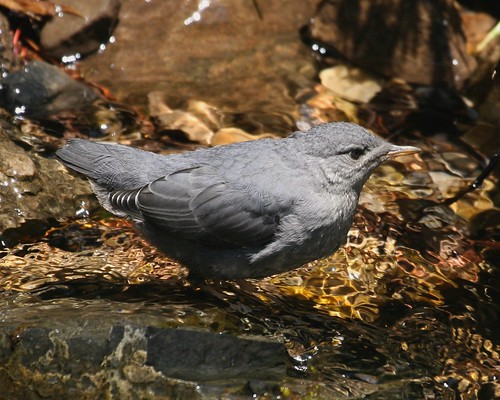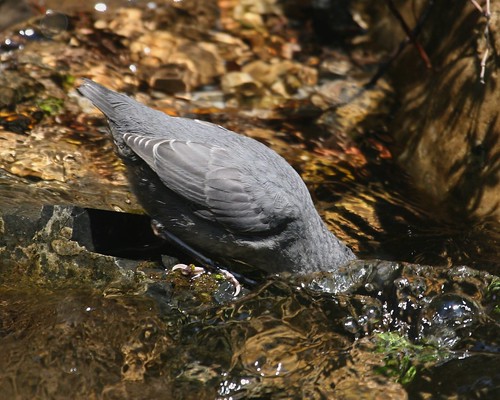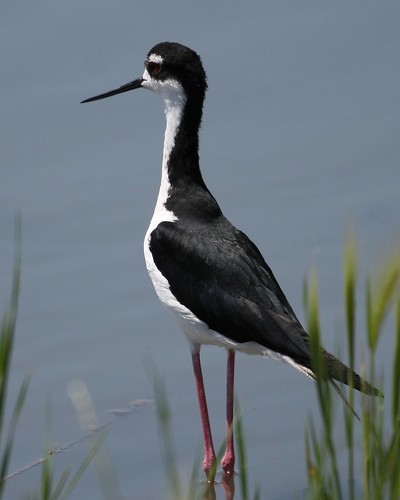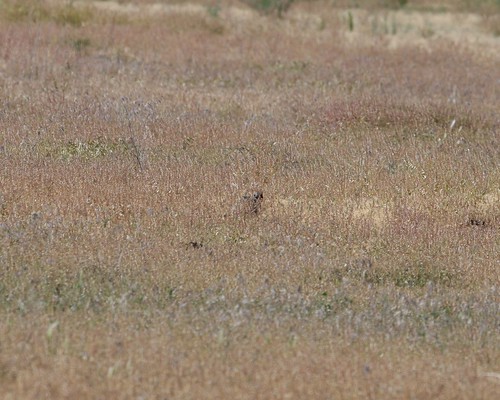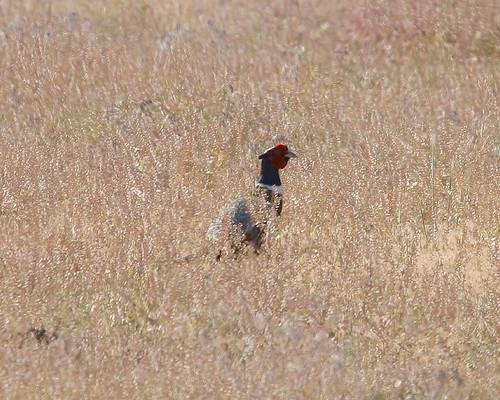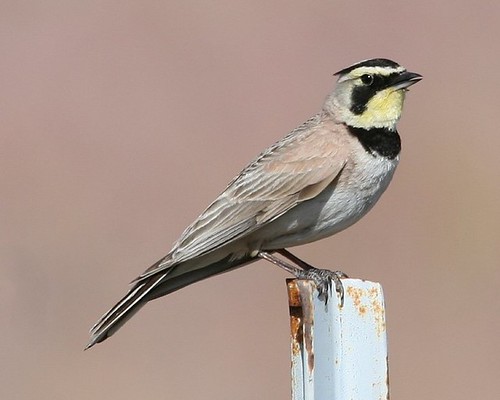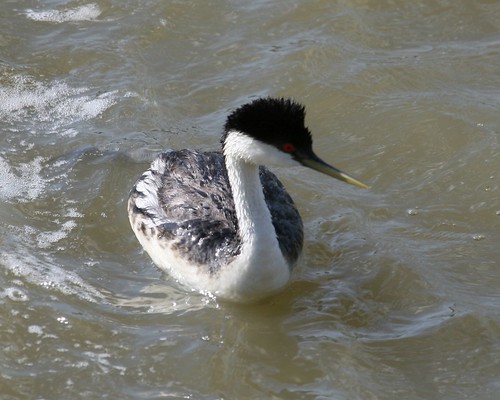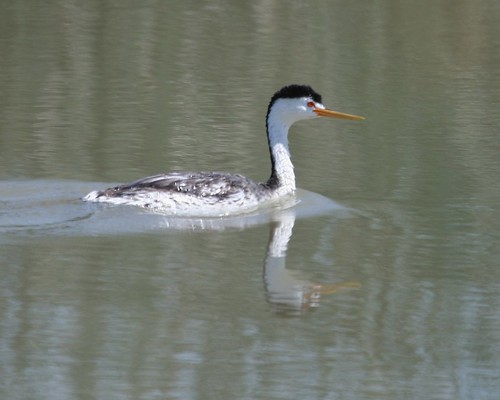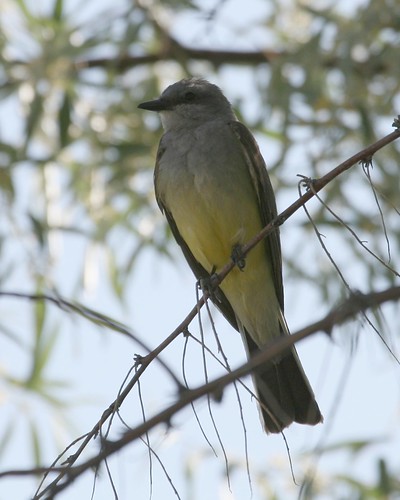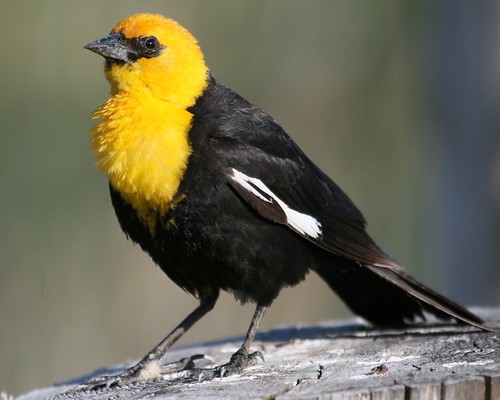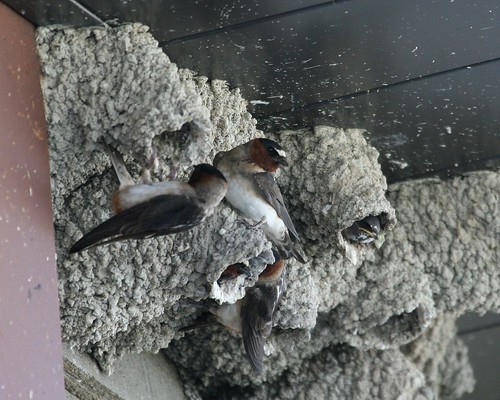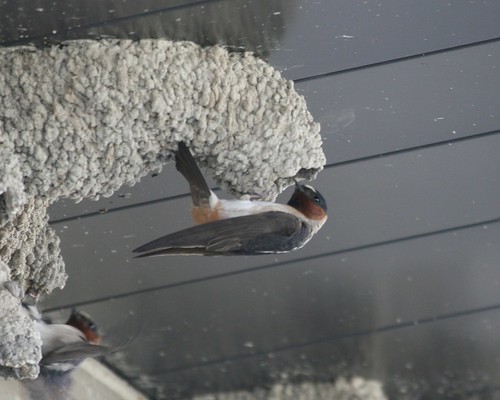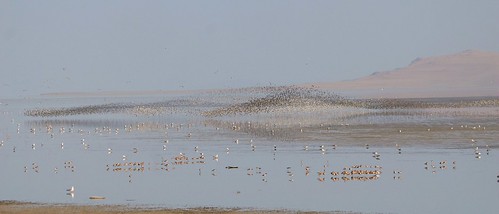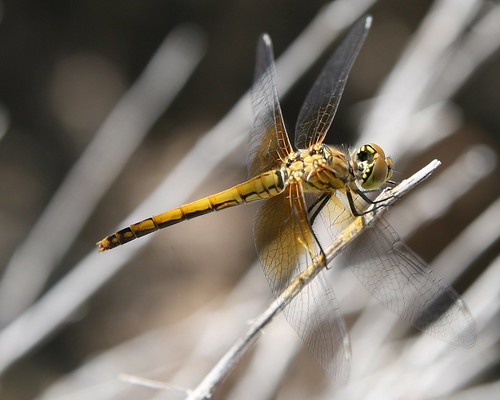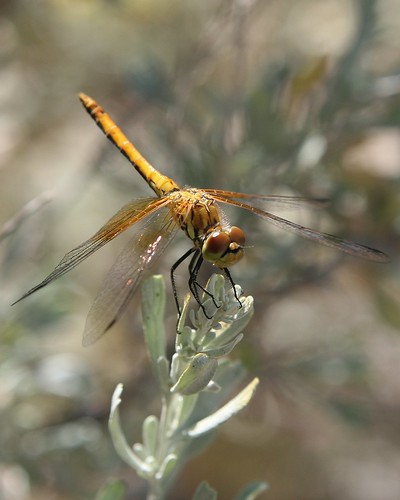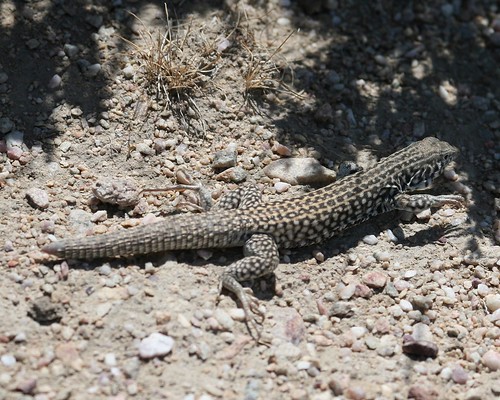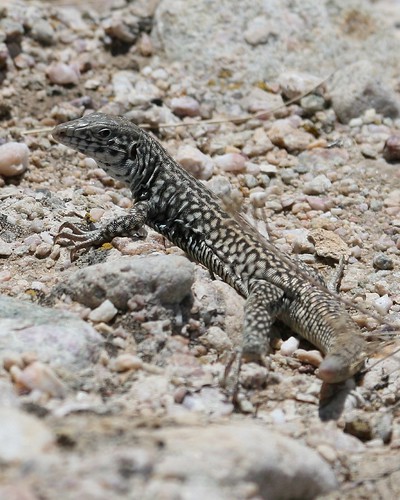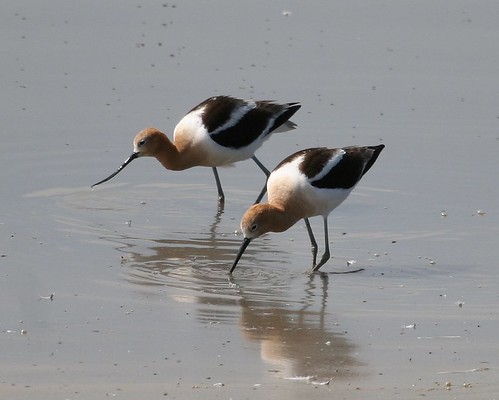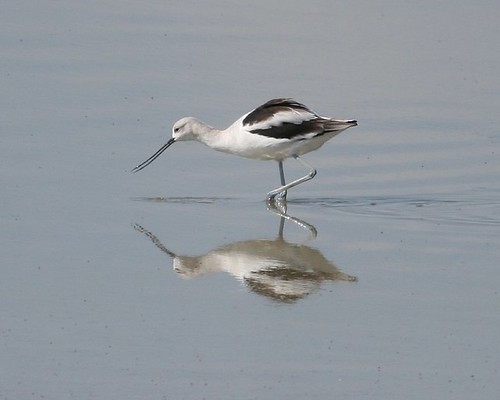If you pick up a field guide and look for
Dusky Grouse, you might not find the bird listed. The same is true of
Sooty Grouse. That is because, prior to 2006, both of these birds were considered the same species:
Blue Grouse. After some really smart people, however,
researched [PDF] the wild and crazy world of Blue Grouse DNA, it was decided that Blue Grouse was really two distinct species.
Splitting a single species into two species has an interesting effect on bird watchers who keep thorough lists of the birds they have seen. On one day, their list has Blue Grouse, but on the next day that Blue Grouse is really supposed to be either a Dusky Grouse or a Sooty Grouse. If you really knew all the gory Grouse details, you may have been able to confidently change your Blue to one of the two new species. But if you didn't, well...you might be inclined to cross it off your list and try to see both a Dusky and a Sooty just to be complete. Either way, it was likely that you needed to either a Dusky or a Sooty or both to cover what was before simply a Blue.
I had never seen a Blue Grouse, so seeing a Dusky Grouse was all around new to me. This sighting, however, was really very bittersweet.
A Dusky Grouse, with several chicks in tow, decided to cross a two lane highway without recognizing the danger of a large bus driving in the downhill direction. The bus was full of bird watchers who cringed as an attempt was made to stop before something unfortunate happened to the birds. This story does not have a happy ending.
When the bus finally stopped, we got out to survey the Grouse family. One chick did not make it across the road, and the mother was unsure what to do. She stood on the side of the road obviously aware that she was missing one chick. Her other chicks hunkered down in the grass while she debated whether to keep moving into the woods, or to wait for that last chick.
Of course, nothing could be done for that chick. As I snapped my photos of the mother and one of her chicks I was also torn. On the one hand, I was excited to have a chance to see a Dusky Grouse and to take these photos. But on the other hand I felt pretty lame taking pictures of a stressed bird who just lost a chick.
